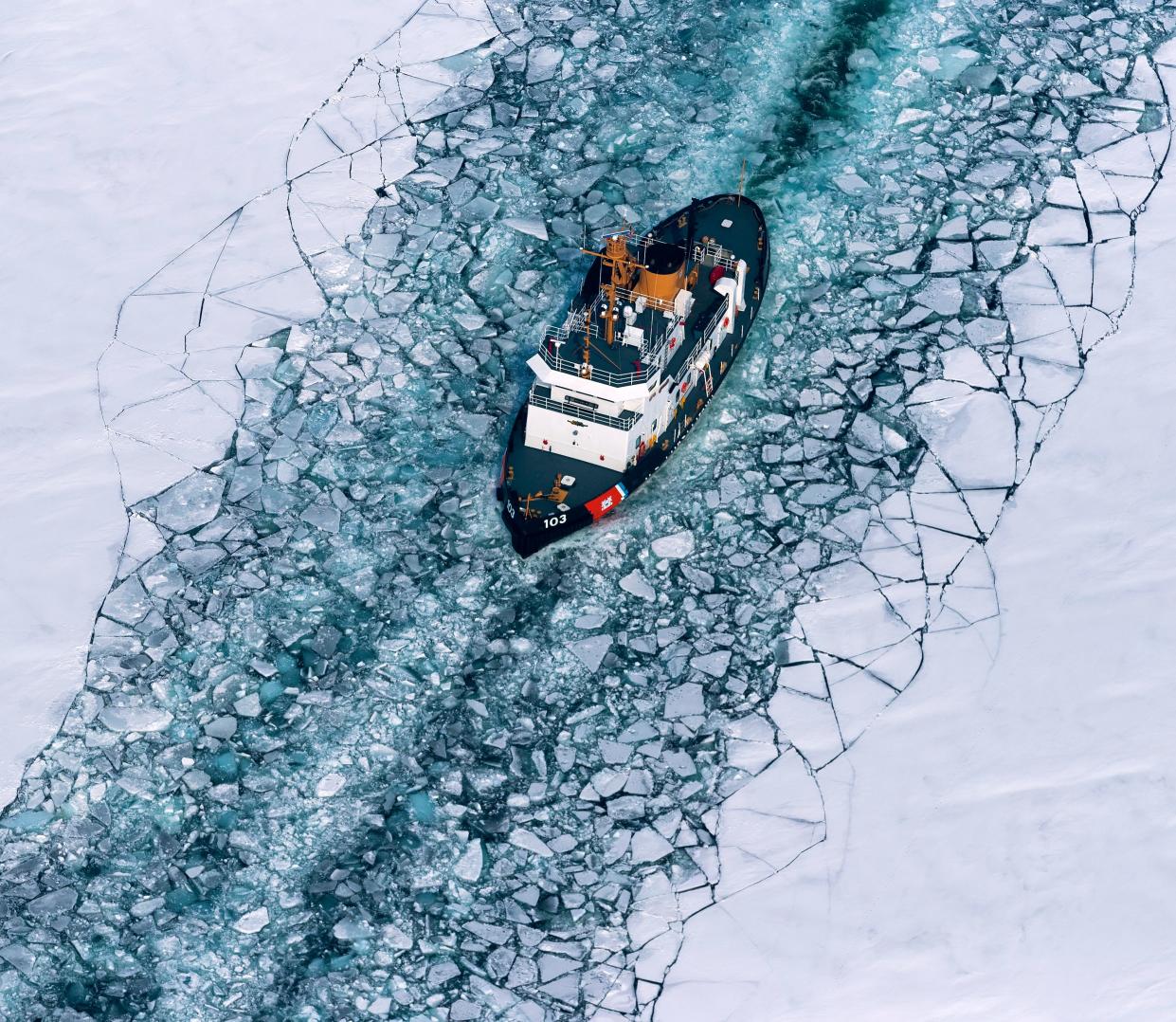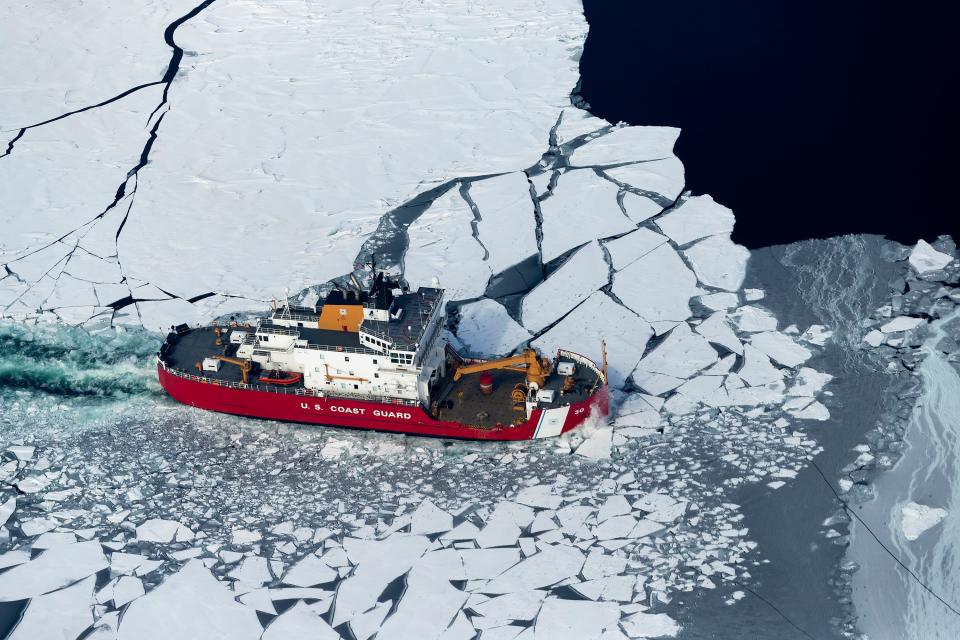Great Lakes economy relies on icebreakers to keep moving. Baldwin to host hearing on expanding capacity.

A congressional lawmaker is coming to Wisconsin later this week to talk about an important resource that keeps the Great Lakes region's economy afloat: icebreaking.
Democratic Sen. Tammy Baldwin is set to host a field hearing in Green Bay on March 1 with Admiral Linda L. Fagan, Commandant of the U.S. Coast Guard, several other U.S. Coast Guard officials, and business leaders to testify on the need to expand icebreaking capacity on the Great Lakes.
Baldwin, who is the chair of the Commerce Subcommittee on Oceans, Fisheries, Climate Change and Manufacturing, which has jurisdiction over the U.S. Coast Guard, helped negotiate a measure called the Great Lakes Winter Commerce Act in the National Defense Authorization Act of 2022. The bipartisan measure authorized $350 million for a new heavy icebreaker for the lakes.
If the Great Lakes region were a country, it would be the third largest economy in the world after the U.S. and China, according to the Council for the Great Lakes Region. Shipping is the backbone of this economy with more than 90 million tons of cargo moving throughout the Great Lakes each year. Keeping shipping lanes open by icebreaking is an integral part of commerce in the winter months.
In 1979, the U.S. and Canadian coast guards had 20 icebreakers stationed throughout the Great Lakes. Now, there are only 11, which must cover more than 2,300 miles from Duluth, Minnesota, to the Atlantic Ocean and the 94,000 square miles of ice-covered lakes in between. The U.S. Coast Guard owns nine of these icebreakers.

The Mackinaw is the only icebreaker in the U.S. fleet capable of leaving a wide enough path for large freighters to pass through. The new "heavy" icebreaker that was authorized will be similar in size to the Mackinaw.
While ice may not be on the top of everyone's mind this winter, the lack of icebreaking capacity has had costly consequences in some years. For instance, during the 2018-19 ice season, the Great Lakes maritime industry lost more than a billion dollars and roughly 5,800 jobs.
“If we can’t break the ice on the Great Lakes, our Made in Wisconsin economy suffers, consumers might not see the goods they need on the shelf, and thousands of jobs are on the chopping block," Baldwin said.
"I’m proud to have secured funding to support a new icebreaker for the Great Lakes, and now I’m excited to be bringing Washington, D.C., to Wisconsin to show the real impact of the Great Lakes on Wisconsin’s economy, way of life, and future," she said.
Baldwin and Fagan will be joined by Master Petty Chief Heath Jones, Master Petty Chief of the U.S. Coast Guard; Rear Admiral Jon Hickey, Ninth District Coast Guard Commander; Master Chief Mathew Buckman, Ninth District Coast Guard Command Master Chief; Dean Haen, director of the Brown County Port and Resource Recovery department; Ken Przybyla, vice president of operations of GLC Minerals; and James Weakley, president of the Lake Carriers’ Association.
Caitlin Looby is a Report for America corps member who writes about the environment and the Great Lakes. Reach her at [email protected] or follow her on X @caitlooby.
Please consider supporting journalism that informs our democracy with a tax-deductible gift to this reporting effort at jsonline.com/RFA or by check made out to The GroundTruth Project with subject line Report for America Milwaukee Journal Sentinel Campaign. Address: The GroundTruth Project, Lockbox Services, 9450 SW Gemini Dr, PMB 46837, Beaverton, Oregon 97008-7105.
This article originally appeared on Milwaukee Journal Sentinel: Tammy Baldwin hosting Wisconsin hearings on Great Lakes icebreakers
Solve the daily Crossword

